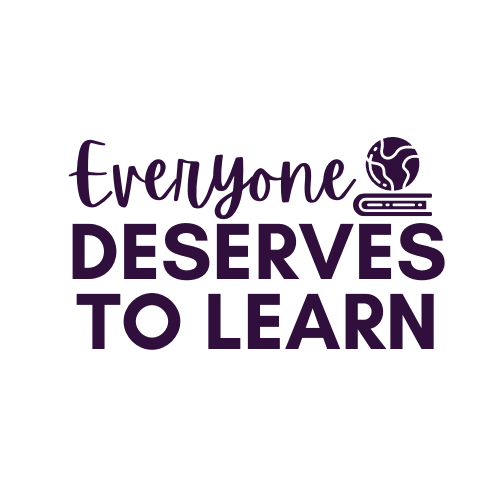New to ESL? Here's What to Do First! (Part 2)
Brand new pencils, unbroken crayons, and fresh clean notebooks signal the beginning of a new school year. But if you're in a new position, all you may be thinking is, "What do I do first?" In this second installment of my "What to Do" series, I'll help you answer the question: "What do I do next?" If you missed Part 1, click here to read it!
By now you've identified existing and potential English Language Learners and tested them for eligibility. You may be working on parent notification letters, which will need to be sent home. Once you've created a list of students in the program for this year, here are your next steps.
Step 6: Organize your student information.
If you're familiar with Microsoft Excel, now is a great time to put those skills to use! I create a simple spreadsheet with name, grade, home language, homeroom teacher, and proficiency level as my column headers, then fill in all the students I need to service in the following rows. If Excel makes you shiver, know that creating a table in Word or Powerpoint will give you the same results.
Now, in the same document or a new one, keep a list of the students who have recently exited the program. Keeping tabs on exited students is not easy to do, but it is a requirement in many states. In Excel, I create a new sheet titled "recent exits" and set up the same table as mentioned above, with the addition of their exit date.
Tip: Be aware of the date your state requires enrollment information from the school. In New Jersey, it is October 15th. All eligible students need to be inputted into our data system by that date, or we won't receive Title III funding for them. So get that information in order as quick as possible!
Step 7: Create a schedule
This may have already been done for you by your administration, but if yours is still up in the air, you'll want to sit with the master schedule and plan out your intervention time. Share that with the teachers you'll be working with so they know when to expect you to push-in or pull-out.
Step 8: Stop, Collaborate and Listen
Working with classroom teachers is an integral part of being a push-in or pull-out teacher. The best tip I have is to be as open and approachable as possible. Set up a meeting early on in the year to discuss strategies for differentiation and the needs of the ELL's. But don't expect it to be a one-and-done type of thing- constant communication is the best way to go.
Step 9: Sharing is Caring
Below are three documents I send to our teachers at the beginning of each school year. The first two are Can-Do Descriptors, which tell you what a student can be expected to do in content areas at a certain proficiency level. The official ones from WIDA are pretty wordy and monotonous, so I use these instead. Same information, more user-friendly!
This modification plan is something we've recently started sending. It's in a checklist format, so you can fill out the sheet as pertains to each student.
Step 10: Now Teach!
You've got your students listed, your schedule made, and your collaboration started. Now it's time to get down to business! Here are some posts that may help you as you work with your students.
I hope this has been helpful and informational! Are there any steps I'm missing, or things you do differently? I love to hear how other schools work with their ELL's. Let me know by leaving a comment!


